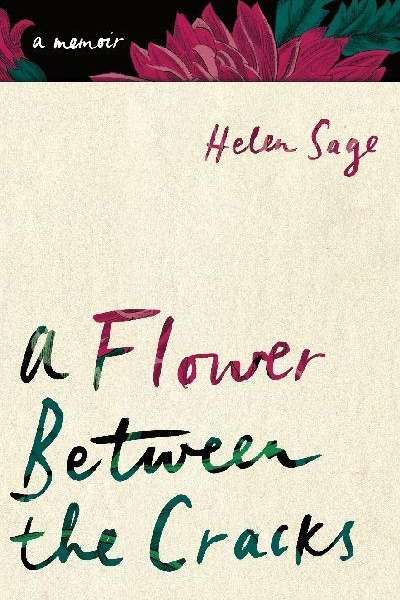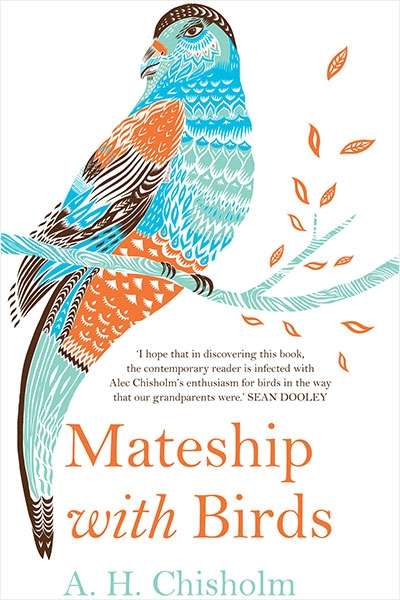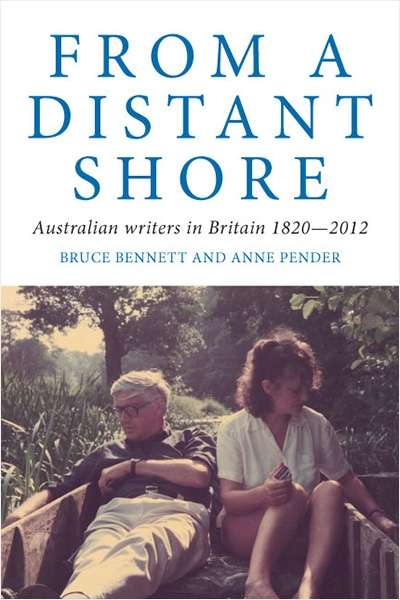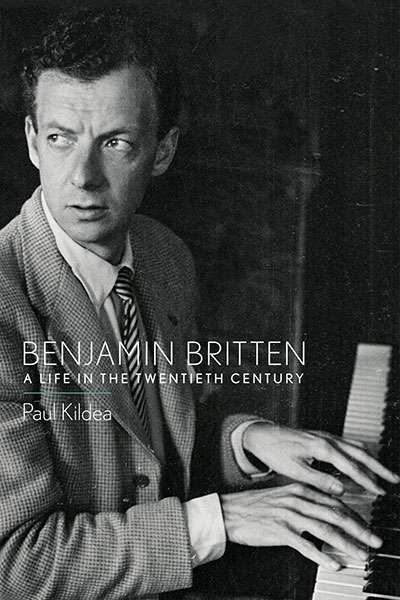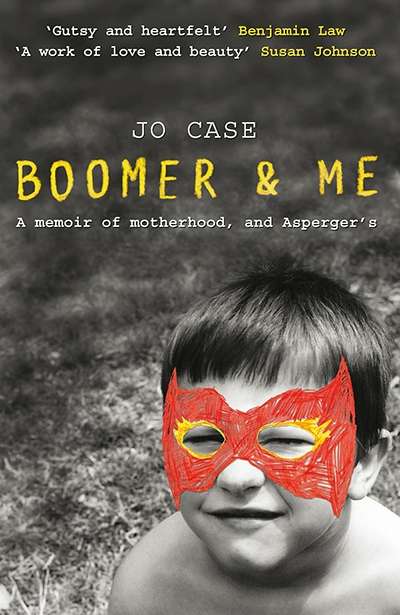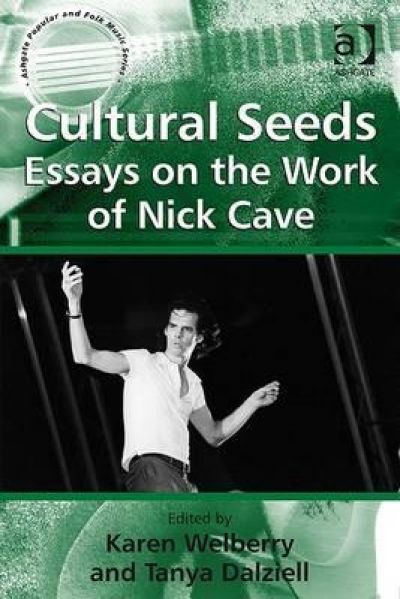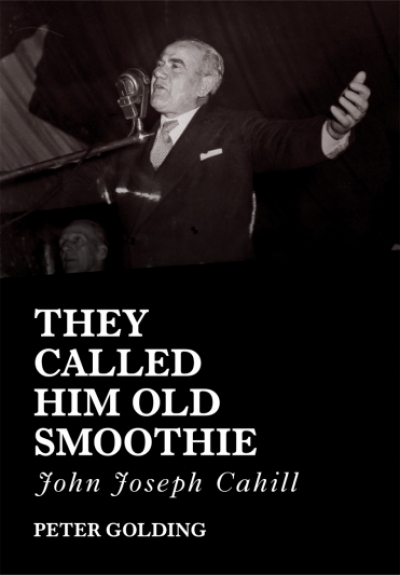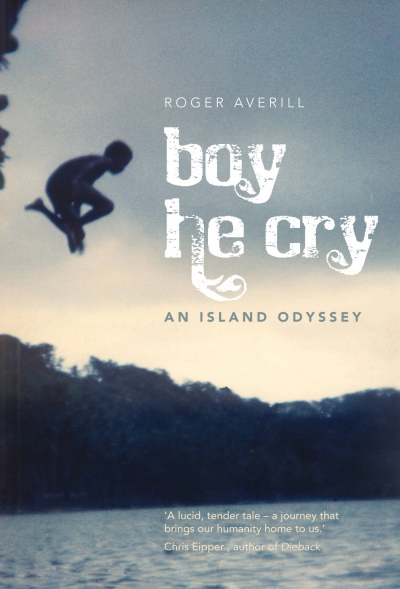Australian Voices
A Flower Between the Cracks: A Memoir of Love, Hope and Disability by Helen Sage
From a Distant Shore: Australian Writers in Britain 1820–2012 by Bruce Bennett and Anne Pender
Benjamin Britten: A Life in the Twentieth Century by Paul Kildea
Writing first
Dear Editor,
Rock critic Robert Christgau once argued that ‘writing about music is writing first’. His edict puts paid to all those who have erroneously demanded that music reviewers must be musicians themselves or otherwise musically literate. If you can listen to and appreciate music, then you can write about it.
... (read more)Wandering through the Mawson collection at the South Australian Museum one winter afternoon, I stare through the glass at the reconstruction of my great-grandfather, Douglas Mawson’s room in the hut, the sound of a moaning blizzard in my ears. The eerie sound of the wind coming through the installation, so familiar to Mawson and his men, is strangely alluring. There is something calming, almost hypnotic in its rhythm and repetition, as if I am literally being drawn into their world and their time. Yet I am also aware of its destructive force. John King Davis, who was captain of the Aurora on Mawson’s Australasian Antarctic Expedition (AAE), 1911–14, likened it to ‘the shriek of a thousand angry witches’, its constancy keeping them ‘for a seeming eternity the pitiful, worn out impotent prisoners of hope’. Some entries in Mawson’s diary comprise only one written word, ‘blizzard’, followed by successive days of ‘ditto’.
... (read more)
